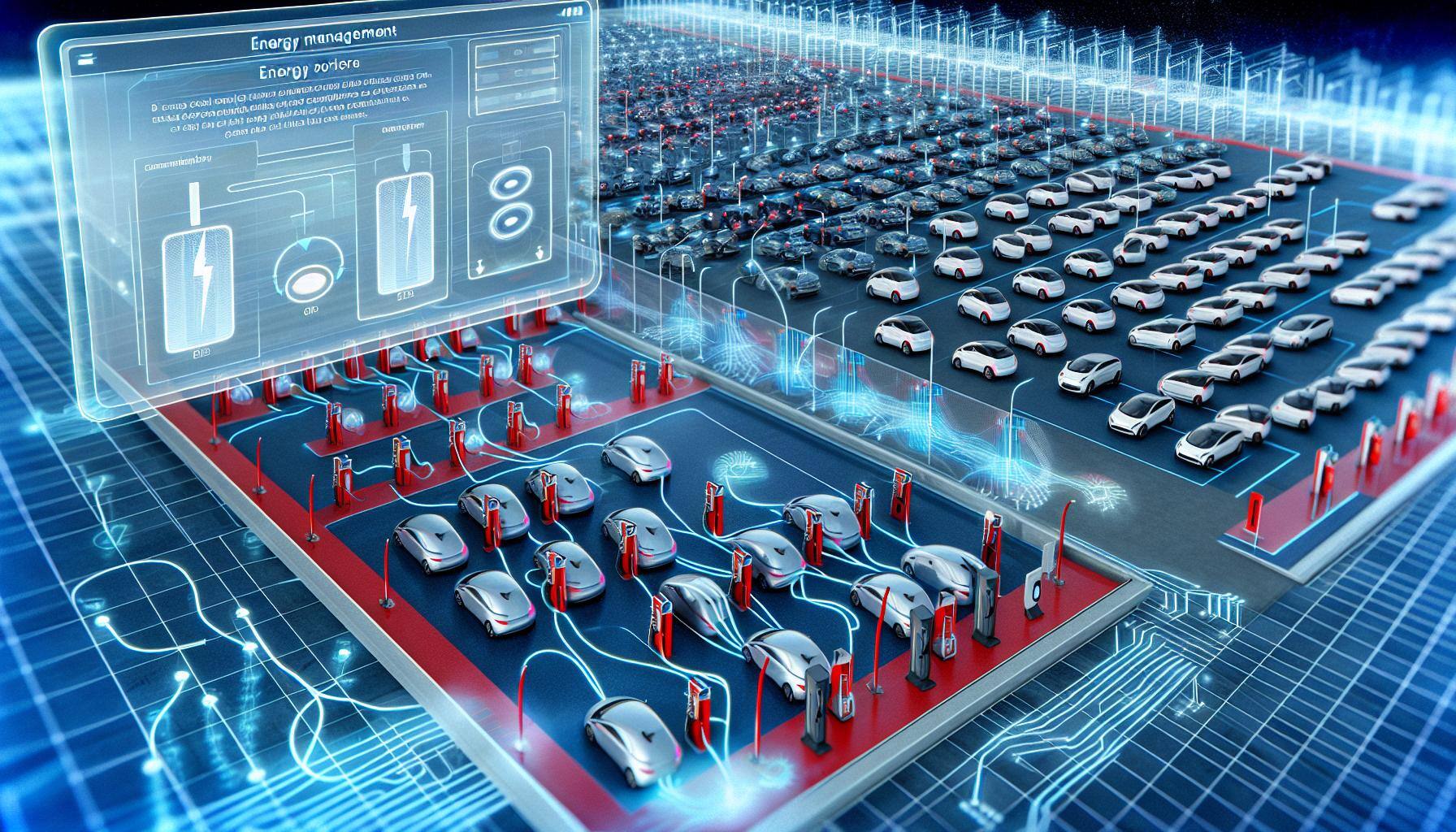Commercial Fleet Management: Strategies, Tools & Tips
Commercial fleet management plays a vital role in keeping businesses running smoothly, especially in industries like transportation, logistics, and...
Keep an eye on the road
Simplify your driver's routine
For efficient decision making
Ensure the compliance of your fleet
Simplify the daily life of your drivers
Maximize the value of your data
Unparalleled monitoring of your assets
The friendly competition that pays off
Planning powered by data
Exceed your customers' expectations
Provide better service to your users
Maximize the satisfaction of your citizens
Simplify your daily life on the construction site
Facilitate the electrification of your fleet
Our experts meet your needs
Easily meet the standards
Improve the safety of your drivers
Protect your data and your fleet

As part of the transition to electric power, one of the biggest challenges we face is that of profitability.
profitability. Despite lower energy costs and substantial savings in vehicle maintenance in vehicle maintenance, the high price of electric vehicles and the investment investments in infrastructure complicate profitability. What's more, the limited range of these range of these vehicles restricts their use to short distances, which means that the savings. If we add to this poor power management for vehicle recharging potential savings are erased, and electrification can even become more expensive. even more costly.
When it comes to using electricity, there are two main factors to consider: power and consumption. power and consumption.
This is measured in kWh (kilowatt-hours). This represents the number of kilowatts used
for one hour. Battery capacity is also expressed in kWh. Hydro-Québec
bills monthly for kWh consumed, at a price that varies according to the package but
generally around $0.15 per kWh, comparable to the cost of a liter of fuel.
This is measured in kW (kilowatts). This indicates the number of kilowatts required to operate a
operate an appliance. Most Hydro-Québec rate plans include a maximum of of kW. Exceeding this maximum is extremely costly. For Hydro-Québec, it's not so much the amount of energy available
the amount of energy available, but the power available. That's why it's often advisable not to use appliances during peak hours, and to favor off-peak periods.
Let's take the example of tariff G, very popular in the commercial sector, which provides for a maximum of 50 kW. If you connect three 50 kW chargers simultaneously without power management, you're looking at a power peak of 150 kW, i.e. an overrun of 100
kW. According to the rate schedule, an amount of $18 is charged for each kW in excess of the maximum, resulting in an overcharge of $1,800 for this small error. And even if this excessive demand lasted only three minutes before the error was corrected, the overcharge will be applied in the same way.
As mentioned earlier, the main challenge for Hydro-Québec is the power available.
available. If you exceed the limit, it's reasonable to assume that you may need that power again. Hydro-Québec therefore reserves this power for you, just in case, and applies the $1,800 surcharge every month for the next year, until you have no further power peaks during the year. If no further peaks occur the reserve is removed and you return to your normal rates. So a small mistake can cost you up to $21,600 for perhaps only three minutes excess. Power management software eliminates this risk by constantly monitoring charger demand to make sure you don't exceed your package limit.
There are several ways to manage power. You can, for example, limit the power of each chargers to prevent them from being exceeded, or use more sophisticated software that dynamically manage power dynamically, optimizing the use of each terminal according to the number of vehicles connected. The need will depend on the size of the fleet of vehicles.
Dynamic power management software is recommended to get the most out of your vehicle fleet and infrastructure. Some software even takes and adjust charging according to the needs of each vehicle. Once all vehicles are connected, these systems can prioritize recharging based on charge level and the time of departure of each vehicle. If they don't learn this on their own, they can be programmed according to data from your analysis or dispatching software.
The aim of this software is to maximize recharging during off-peak periods and to keep energy demand constant and below the limit. As Dr. Horacio Arruda would say; “Flatten the curve”. Avoiding power peaks and automating everything to prevent prevent any human error, however small, which could be very costly.
It's essential to enlist the help of experts to ensure you choose the right charging infrastructure solution. Many factors need to be taken into account, and it's be taken into account, and it's important not to opt for a solution that's too expensive or chargers too powerful for your real needs. Choose an expert capable of analyzing your operations and offer you a tailor-made solution with dynamic power management is the best your transition and optimize your assets.

Commercial fleet management plays a vital role in keeping businesses running smoothly, especially in industries like transportation, logistics, and...

In fleet management, fleet compliance services play a much bigger role than just checking a box. They’re about keeping your drivers safe, your...

Trucking has always come with its fair share of challenges, from road safety and liability issues to managing fleet efficiency. As the industry...